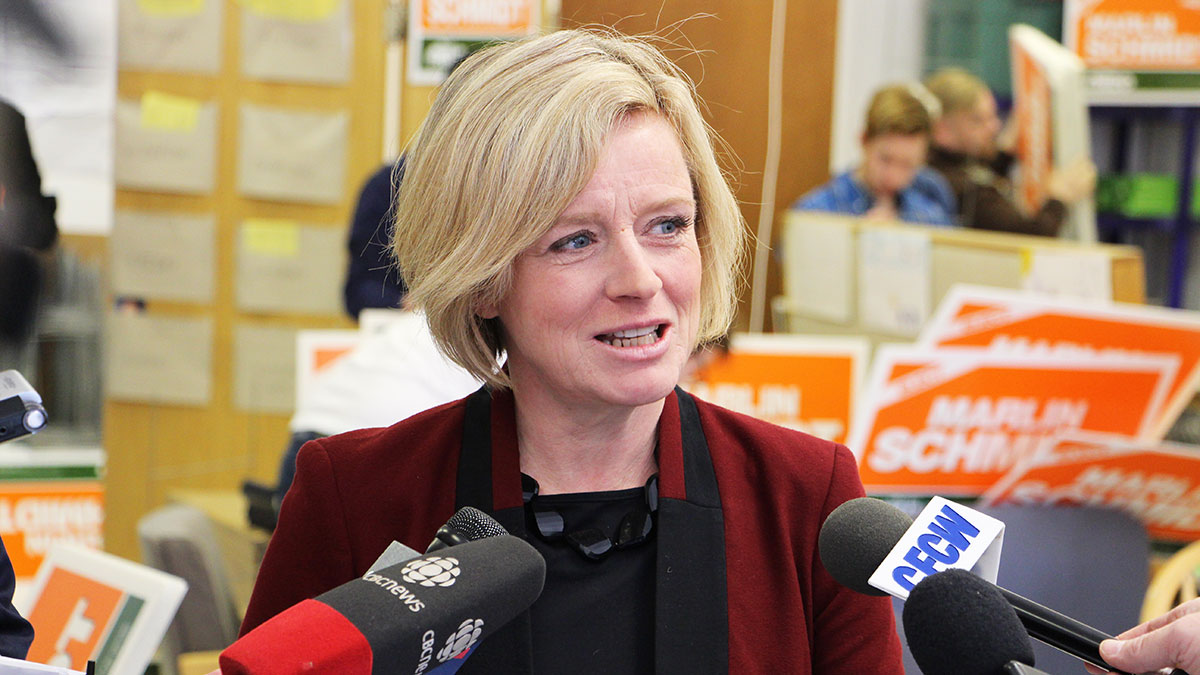Record number of AB female MLAs: University of Alberta professor comments on the NDP’s elected female members
 Supplied - Dave Cournoyer
Supplied - Dave CournoyerFollowing the provincial election, the number of female MLAs in Alberta reached a record high as women now hold 27 of the Legislative Assembly’s 87 seats.
Alberta has a sex ratio of nearly 50/50: for every 100 women in Alberta, there are 100.6 men. The record proportion of female MLAs is a step towards equal gender representation in the provincial government.
Having women in legislatures is significant, even though nobody thinks gender determines a person’s interests or political views, according to Cressida Heyes, Canada Research Chair in Philosophy of Gender and Sexuality and professor of political science and philosophy at the University of Alberta. This is because gender contributes to a person’s social identity, which is an important marker of social experience, she said.
“(Women are) more likely to understand the importance of childcare, for example, or flexible working hours. They’re more likely to have a personal investment or experience of pay inequity,” Heyes said. “While it’s certainly true that not all women will have the same views about (issues that affect women), they’re likely to have experience of them that they bring to the political process.”
Because of the way this election worked out, women have a much stronger presence on the left — 24 of the 27 female MLAs are of the Alberta New Democrat Party (NDP). This means that 45 per cent of the NDP caucus is female.
There are lots of reasons why that might be, Heyes said.
Part of it comes down to candidate selection mechanisms of different parties, Heyes added. On the left, more value is likely put on descriptional representation — the extent to which a political representatives resemble their constituents. These parties will likely put more effort into finding female candidates to run. Parties on the right likely put a greater emphasis on substantive representation, or the extent to which a political representative represents the interests of their constituents, not their resemblance.
For women, it has typically been easier to become an NDP candidate, Heyes said.
“You could practically join (the NDP) as a volunteer and go to a bake sale, and within a few months, people would be suggesting that maybe you could be a candidate,” she said. “To stand for a Conservative seat in Alberta, is to get, or it was until this election, a virtual guarantee that you would be elected.”
Because of the strong competition for those positions, PC candidates are usually powerful, mostly white, businessmen, she said. By contrast, NDP candidates had much lower expectations of being elected, so their positions weren’t as desirable.
Now that some of the women who weren’t expecting to get elected with the NDP are holders of desirable positions, Heyes expects there to be a backslide in the number of women in office next election. Competition for positions in the NDP will likely be a lot stronger, Heyes said. Parties will have to actively work to consolidate their gains.
“Don’t wait until next election to see what happens but start thinking now about candidate selection and how to advance people — not just women — but people from all sorts of groups that are underrepresented,” she said.
Heyes said she thinks the upcoming transition period will be interesting.
“Especially this Legislature will have become, I would imagine, very entrenched towards a certain demographic and a certain politics,” she said. “And so the challenge will be unpicking it.”




